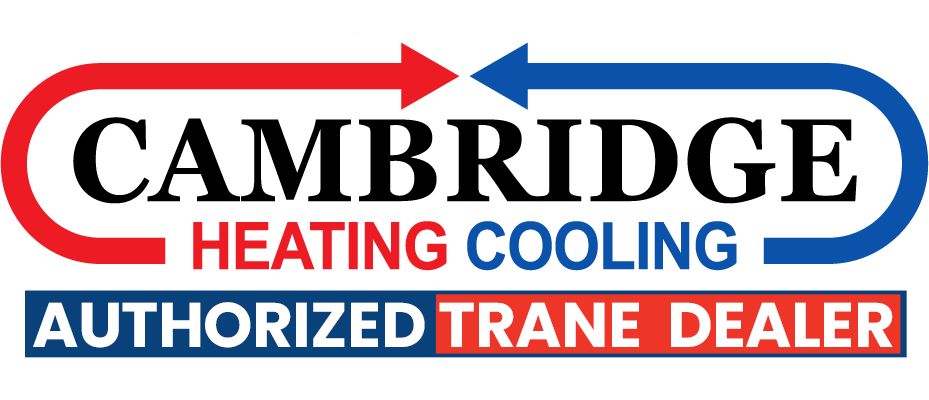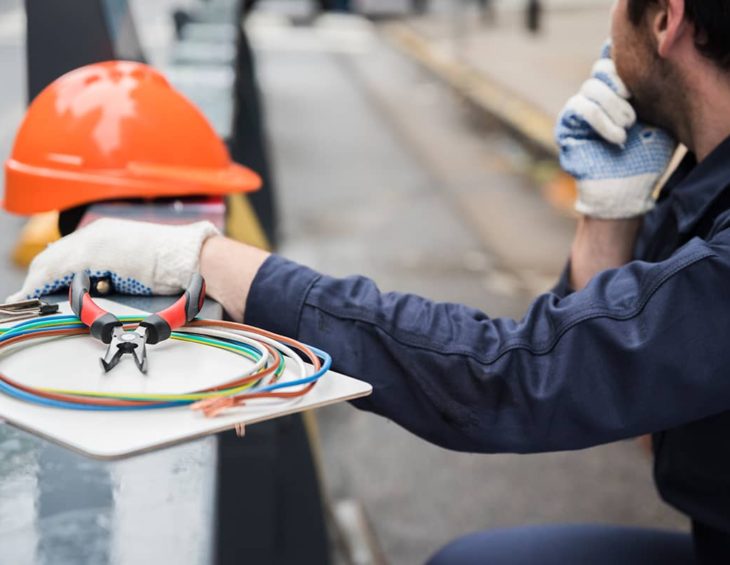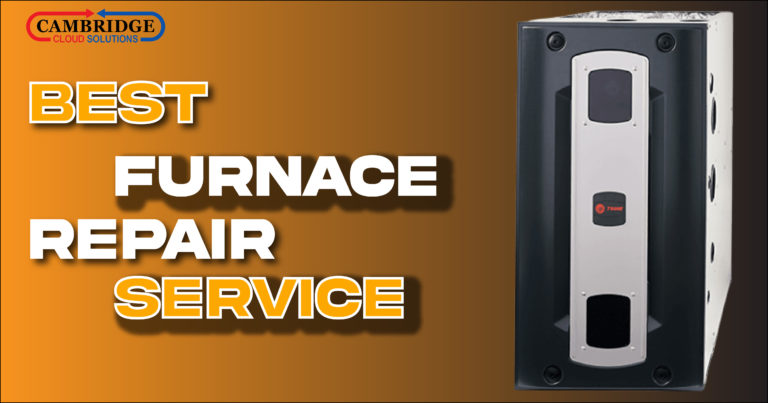How to Maintain Your Furnace Every Year
Basic furnace maintenance is straightforward and takes little time. Lack of maintenance is the most common cause of HVAC equipment failure. Lack of maintenance will cause the system to run inefficiently, costing you extra money even if it does continue to run. You can maintain your furnace functioning by doing a few things yourself. This annual maintenance will help you save money while also keeping your system in good working order. For a 90% furnace, the following is an example of a checklist of items that should be carefully inspected or cleaned:
- Overall Cleanliness of the Unit
- Changing an Air Filter
- Drain Line Inspection and Cleaning
- Cleaning of the Burner Compartment
- Blower Inspection and Cleaning
- Flame Sensor Cleaning
- Drag on the Induced Draft Motor
- Temperature Rise Across the Furnace
- Inspection of the Hot Surface Igniter
This list progresses from the simplest to the most difficult. So, even if you lack the confidence to disassemble burners or identify and unhook wire, you may still assist yourself by completing the first three steps. All 10 elements, however, must be fulfilled in order to have completed a comprehensive annual maintenance. A person with modest mechanical knowledge who follows the owner’s instructions should be able to finish the job.
FIRST AND FOREMOST, SAFETY!
Before working on any furnace, read and understand all warnings and safety measures. It’s a good idea to start by reading the complete owner’s manual.
HAZARD OF ELECTRICAL SHOCK
Failure to heed this warning may result in bodily harm or death. Before removing the access doors to service or perform maintenance on your furnace, be sure the electricity is turned off.
WARNING! HAZARD CUT
Failure to heed this warning could lead to personal injury. When touching parts or reaching inside the furnace, use extreme caution. Wear safety glasses, gloves, and clothing that is appropriate for the situation. Check why you should find the right Furnace Maintenance Scarborough.
We’ll get started now.
- The unit’s overall cleanliness This one should be obvious, yet it’s rarely done. To pull in combustion air, most furnaces work on negative air pressure. This air isn’t filtered because there aren’t any. As a result, any lint or debris in the air is free to enter the furnace and be gathered there. This lint is combustible. If a roll-out flame ever appeared, it could ignite the lint and start a fire. Make sure the furnace is turned off first. Remove the panel and clean all available lint, dust, and filth from inside with a vacuum cleaner and a moist towel. Vacuum and wipe the furnace’s outside as well. Clean the area around the unit (including the piping and ducting!) Finally, reinstall the panel and re-energize the system.
- Air Filter Replacement The air filter’s primary function is to purify the air in your home as it passes through the furnace for you and your family, as well as to keep the furnace clean. The efficiency of your furnace is maintained by keeping the airways clean and clear. Due to poor air movement caused by a filthy filter, the heat produced by the furnace does not fully escape the furnace and heat your home. This heat builds up in the furnace, resulting in an overheat condition that triggers the high limit safety switch, which prevents the furnace from restarting until it cools down sufficiently. This is referred to as “short cycling.”
As a result of the furnace’s inability to push all of the heat where it is needed, it wastes energy and costs you extra money. The variety and volume of particles in your home’s air are determined by the number of people and pets who reside there, as well as the activities that take place there. People who suffer from allergies or asthma should be especially careful to keep their home air filters clean. To ensure your safety, turn off the power to the furnace before removing the old filter. So, pick a filter that meets your family’s requirements and replace it on a regular basis. Keep in mind that the more efficient the filter is, the more frequently it will need to be replaced.
- Drain Line Inspection and Cleaning Drain lines might get clogged, causing the furnace to shut off. It will be messy and potentially dangerous if drain lines clog and leak outside the furnace. When they leak into the furnace, the metal might rust and cause damage. This water is usually acidic and can do a lot of harm.
A supplementary heat exchanger is used because this is a high-efficiency furnace. Through condensation, the secondary condensing heat exchanger extracts even more heat. This necessitates the installation of condensate drain connectors, which collect moisture condensed from burnt gases and discharge it into the home’s drainage system. If the furnace has an evaporator for summer cooling, it will also have a drain pan with a drain line to drain the condensate into the home’s drainage system. Before you begin, remember to switch off the electricity. You should be able to locate the drain lines and their positions using the owner’s manual.







